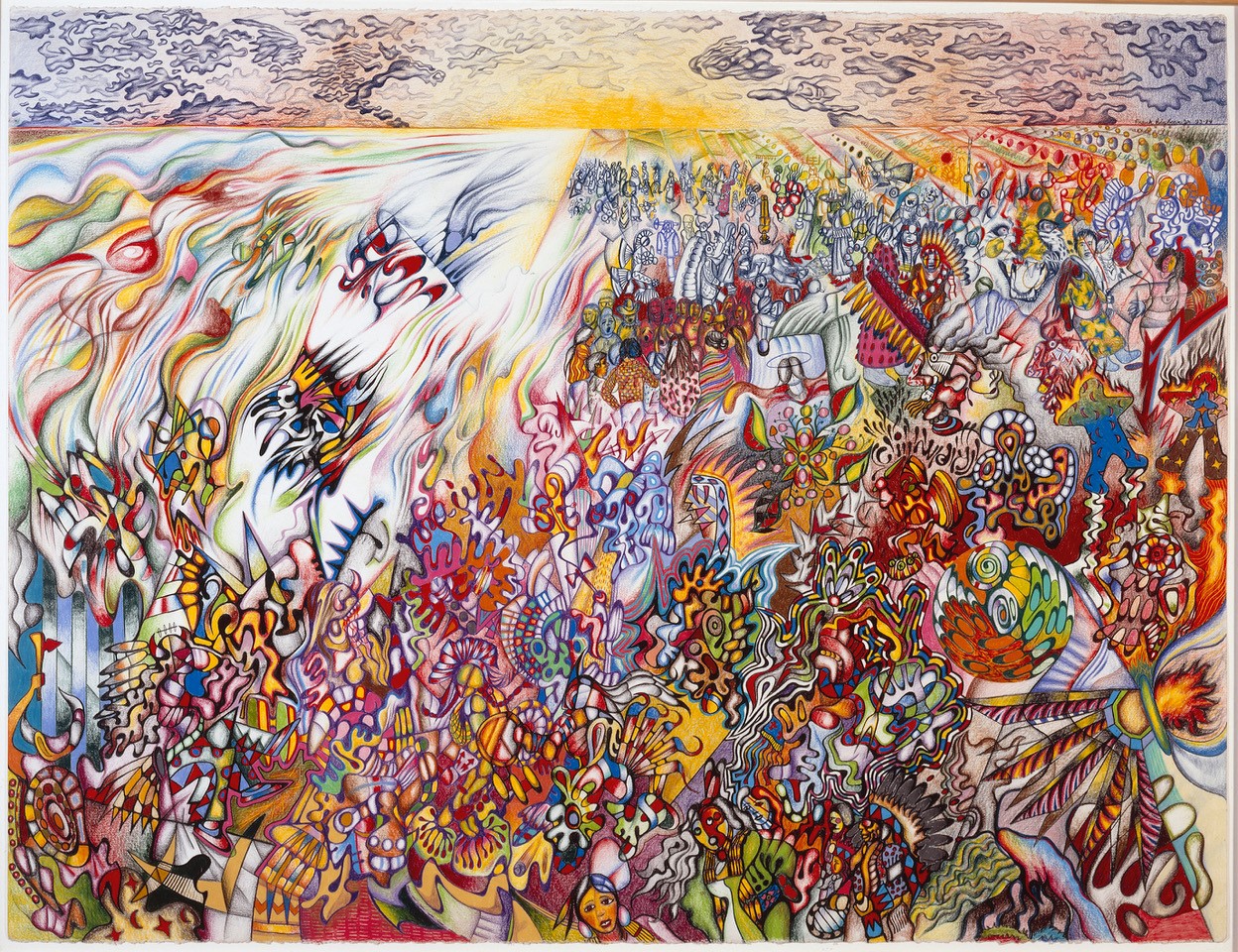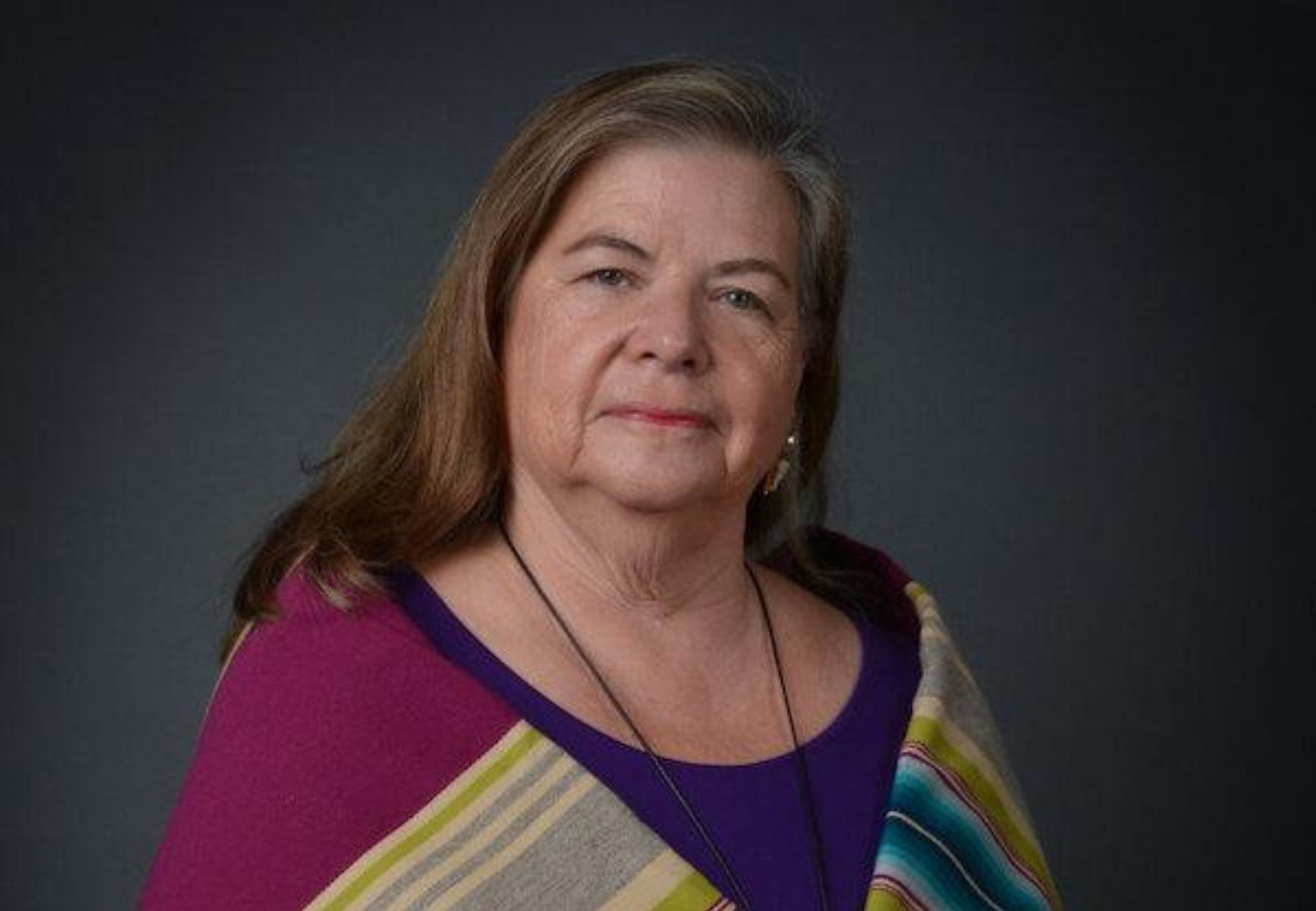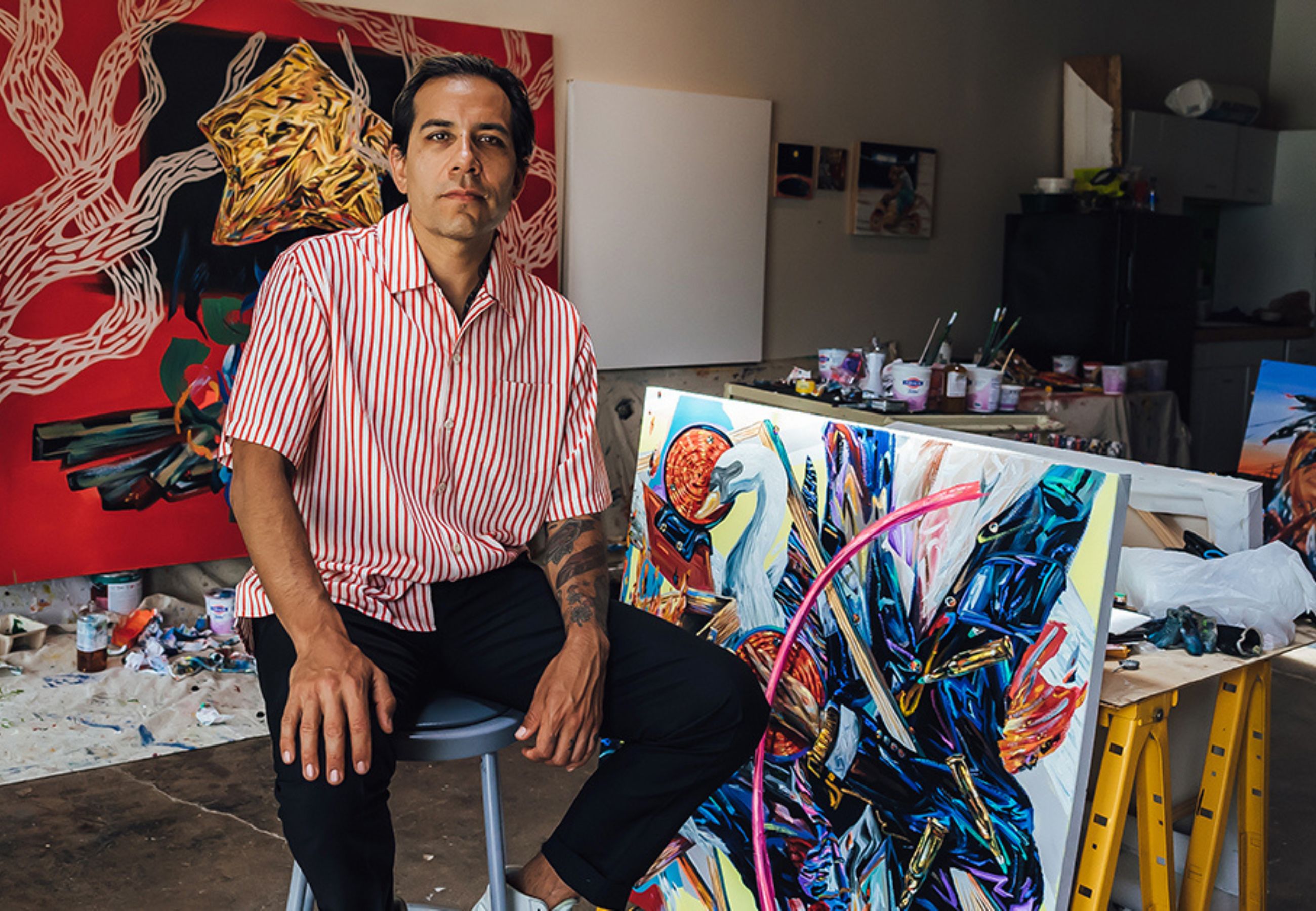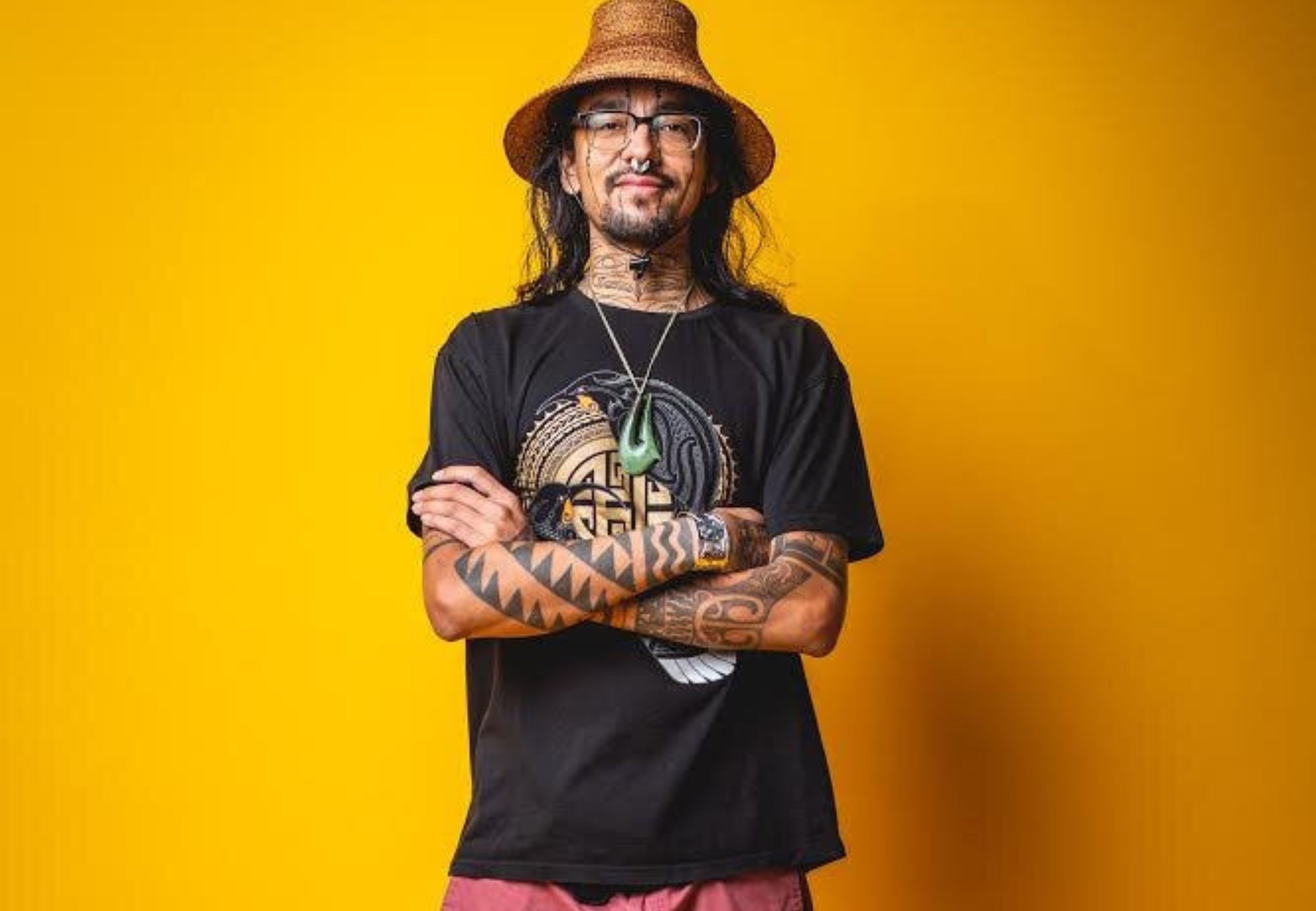Anita Fields
We are pleased to announce that Anita Fields will be delivering our keynote address at the symposium. This gifted artist was recently named the 2021 NEA National Heritage Fellow and has also been awarded many other prestigious opportunities including serving as a Tulsa Artist Fellow since 2017 and the 2021 Eiteljorg Contemporary Art Fellowship. Her work can be found in the permanent collections of the Smithsonian’s National Museum of the American Indian, the Museum of Art and Design in New York City and the Minneapolis Institute of Art.
For Fields, clothing and adornment are links to family and community. She views her textile work as an assertion of the strength of Native women, and she sees in it the love and spirituality endowed generationally through her grandmother and other women in her family. Abstracted details from traditional garments sewn onto contemporary designs and expressed in clay dresses, moccasins, and purses are a means for Fields to convey Native resilience.
Tania Larsson
Speaking on the importance of adornment for Indigenous people, Tania Larsson designs Gwich'in fine jewelry created with land-based materials. She is innovative, driven, and dedicated to her art, working to promote her culture and reclaim Indigenous knowledge. She earned her Bachelor of Fine Arts degree, with a focus in jewelry and digital arts, at the Institute of American Indian Arts (2017). She also apprenticed with renown jeweler Keri Ataumbi for two years. Of her work, Larsson states:
"I design contemporary, northern indigenous adornment based on Gwich’in culture, created with land-based materials. I make these adornments with my people in mind, and by wearing my works; they will feel connected to our ancestors, our land, and our culture."
Yatika Starr Fields
Addressing how customary artworks informs a contemporary fine arts practice, Yatika Fields was born in Tulsa, Oklahoma, to parents who were both practicing artists. His mother (who is also our keynote speaker) is a ceramicist and his father a photographer. From an early age Fields was exposed to a great deal of art and by high school had his own painting studio. Fields attended the Oklahoma Summer Arts Institute at the University of Oklahoma, and went to Sienna, Italy to study Landscape Painting. In 2001 he moved east to pursue a degree in Painting at the Art Institute of Boston (2004). In 2009-10 he was a fellowship recipient for the Urban Artist Initiative in New York City. He received a "Native Creative Development Grant" in 2015 from Evergreen State College, and in 2017 was the recipient of Tulsa Artist Fellowship, in Tulsa OK, where he currently lives.
Nahaan
Exploring the historical and contemporary importance of Indigenous tattooing and body modification, Nahaan’s matrilineal lineage is Tlingit, his grandfather is Iñupiaq, his biological father is Paiute and his actual father is Kaigani Haida. Nahaan focuses exclusively on working within the spirit and design style of the Northwest Coast practices capturing the customs of ceremonial tattooing, wood carving, copper and abalone jewelry, painting and custom designing of regalia and tattoos. Nahaan emulates the strong visual and oral storytelling that has been handed down from generation to generation, it’s the foundation of his work, and his way of living and teaching his cultural traditions.
This multi-disciplinary artist also teaches the Tlingit language, leads a Tlingit based inter-tribal group of dancers and performs as a spoken word poet. Additionally, he is a vocalist for Khu.éex’, a Seattle based band interpreting contemporary Tlingit culture and he promotes dekkkolonization, Indigenization, education and activism through workshops and presentations at events near and far, including our symposium.
Dressing for the Creator: Indigenous Art and the Power of Spectacle is organized by the Denver Art Museum. Support is provided by the Henry Luce Foundation and Native American Bank.






